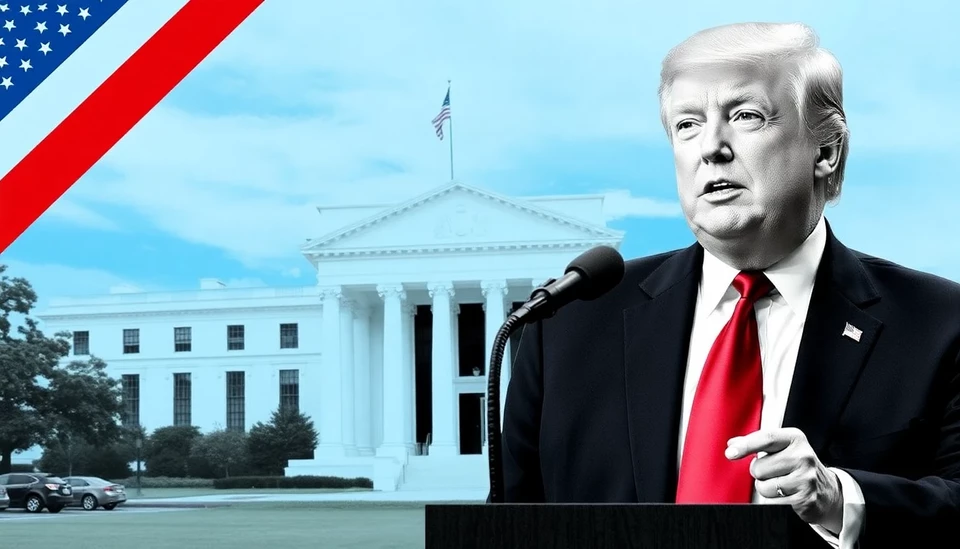
In a bold maneuver marked by a resurgence of protectionist sentiment, former President Donald Trump has announced a significant pivot in U.S. trade policy that is poised to further isolate China economically. This strategic decision, which is aimed at addressing longstanding grievances regarding trade practices, sets the stage for a highly anticipated showdown with Chinese President Xi Jinping.
During a press conference held in New York, Trump unveiled new tariffs targeting a range of Chinese imports, suggesting that such measures are necessary to protect American jobs and businesses from unfair competition. "We must defend our economy and our workers from the predatory trade practices of China," he declared, emphasizing a renewed commitment to prioritizing American interests in global trade.
The latest tariff implementation targets several sectors, including technology, textiles, and machinery, which Trump argues have been undermined by China's aggressive marketplace strategies and state-sponsored subsidies. Analysts suggest that this approach could escalate tensions between the two global superpowers, potentially igniting a new phase in the ongoing trade war that had initially flared up during Trump's presidency from 2018 to 2020.
This shift in policy is not just a tactical response but also a part of Trump's broader campaign strategy as he gears up for the 2024 Presidential elections. By taking a hardline stance on China, Trump aims to reinforce his image as a tough negotiator who is willing to confront Beijing over its economic practices, particularly issues surrounding intellectual property theft and currency manipulation.
The announcement has sent ripples through international markets, prompting concerns about retaliatory actions from China. Experts note that Chinese officials have previously responded to U.S. tariffs with their own set of countermeasures, which often impact American businesses and consumers. "China will likely retaliate, and the U.S. economy could feel the pinch," warned an economist at a leading financial institution.
Moreover, the implications of these tariffs extend beyond mere economics. They engage in the complex interplay of geopolitics, with many observers considering the tariffs as part of a larger strategy to assert U.S. dominance in a multipolar world where China seeks to expand its influence. The next few months could prove critical, as both nations may engage in diplomatic discussions or escalating trade hostilities based on how each perceives the other's moves.
In light of this unfolding situation, companies and stakeholders are advised to closely monitor developments and consider potential adjustments to their supply chains in anticipation of further changes. The ripple effects are likely to be felt across various sectors that depend on international trade dynamics, from agricultural exports to high-tech manufacturing.
As the political landscape evolves, business leaders and policymakers alike will have their eyes firmly fixed on this brewing conflict, understanding that the decisions made now could shape the future of global trade for years to come.
With the 2024 elections on the horizon, how Trump's approach to China will resonate with voters, particularly those in manufacturing and tech sectors, remains to be seen. The upcoming months will provide critical insights into American attitudes toward China and the effectiveness of tariffs as a long-term economic strategy.
As Trump capitalizes on a narrative of economic nationalism, the potential for heightened tensions with China looms large, sending shockwaves not only through the markets but through the political landscape as well.
Ultimately, the eyes of the world are watching how this titanic clash between two economic giants unfolds, aware that the outcomes could have lasting implications for global economic stability and political alliances.
#Trump #China #Tariffs #TradeWar #GlobalEconomy #Politics #Geopolitics #2024Election #EconomicPolicy
Author: Rachel Greene




